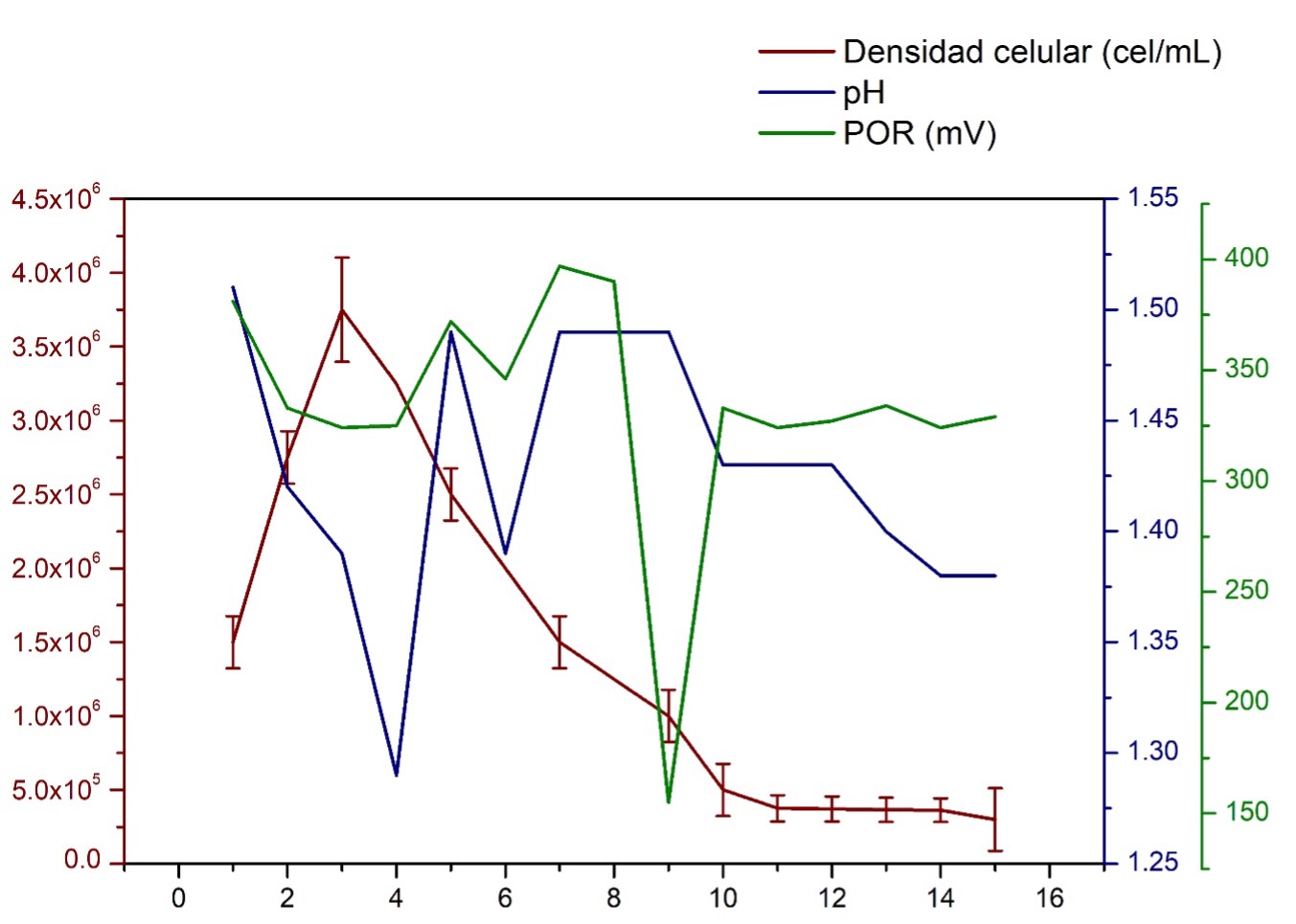 |
|
In 2018, approximately 17.7 billion metric tons of minerals were produced worldwide, which represent a great importance in the industrial sector. However, most of the minerals are bound with metallic elements, which lower the price of the metals of interest. Secondary materials in valuable metal extraction processes can cause various problems in the mining industry, both economic and environmental. This research aimed evaluate two treatments for the reduction of the bismuth concentration in gold and silver mineral concentrates: Bioleaching and co- precipitation with trioxide arsenic treatment, in the first, native microorganisms of the mineral to be treated were used to reduce the concentration of bismuth; in the second, arsenic trioxide was added in order to form a precipitate that contained bismuth.. The results showed that the chemical co-precipitation treatment with arsenic trioxide can decrease the Bi concentration to a greater extent compared to the bioleaching treatment, up to 16% of the initial concentration, in addition to reducing the concentration of other undesirable elements in metals such as antimony and cadmium by 32 and 11% respectively. From this research work, a collaboration of two techniques can be proposed for a higher reduction of concentration and with greater efficiency.
Keywords: Bioleaching, Arsenic coprecipitation, Bismuth.
|
|
 |

